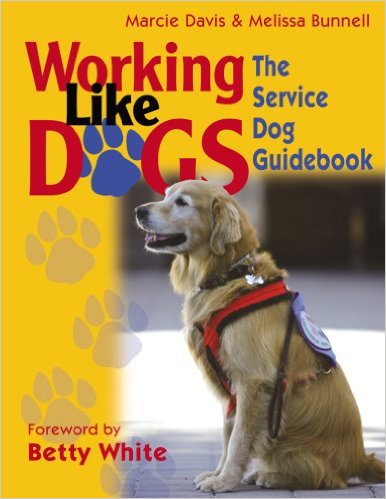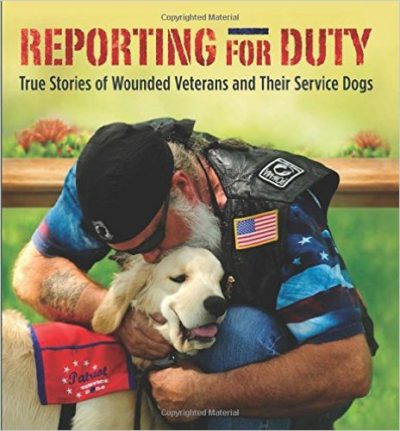
This past fall my husband, Franz, service dog, Whistle and I took a drive into the rural countryside of northern New Mexico. It was a beautiful fall Saturday morning, the leaves had changed colors to a vibrant red and orange and there was a crisp breeze in the air. We drove from Santa Fe, New Mexico north to Mora, New Mexico, to visit the Victory Ranch.
Victory Ranch (VR) owners boast that VR is the largest alpaca ranch in the Southwest United States. Over 200 alpacas freely roam the VR’s 1,100+ acres. And although the alpacas are adorable, we were going there to meet the Great Pyrenees, dogs who work on the ranch as guardians of the alpacas.
When we drove onto the ranch, we noticed several signs prohibiting dogs. I thought the “No Dogs Allowed” signs applied to pets and not to service animals. As we parked my van, an employee was heading into the main store area. I asked him about the signage and told him about my service dog, Whistle. He informed me that the reason no dogs were allowed on the premises was because of the overwhelmingly protective and territorial behavior of the Great Pyrenees. He said they were so protective of the herd that if they sensed another dog on the premises, they would not stop harassing them until they were removed. He said they had been known to seriously vandalize cars that had a dog inside.
Wow, that was an intense thought. He suggested that we move my van and Whistle to a safe area under a tree just outside the ranch gate. Franz quickly moved my vehicle and more importantly, Whistle, to this safe, shaded area.
We proceeded into the store where we were greeted by ranch staff. We signed up for the opportunity to feed the baby alpacas. For a small fee, visitors can receive a tour of the grounds and the opportunity to hand feed the young alpacas. What a treat it was to get to meet these young animals. They were extremely interested in the oats that the staff had supplied as treats.
As we were swarmed by the hungry, adorable alpacas, I felt a heavy weight bear down on the left side of my power wheelchair. I looked over to see a gorgeous, large, white Great Pyrenees looking me straight in the eye. He was a gentle giant. He did not make a sound but believe me; he made his presence and his desire to be petted clearly known.
This is what we had come to see. This livestock guardian working dog was everything I had imagined. He appeared to be over 100 pounds and he seemed to have traces of light tan or lemon in his coat. The staff explained how these dogs guard the herd. And this particular dog had the scars from a recent battle with a local beaver. The Great Pyrenees won, but not until after suffering some battle wounds on his neck and chest. These dogs willingly sacrifice everything to protect their herd, even their lives.
As we visited with Darcy Weisner, VR Manager, she described how the seven Great Pyrenees at Victory Ranch instinctively work to protect the herd. She described how these gentle giants literally became part of the herd as they strategically place themselves in the pasture among the alpacas.
Darcy explained how the dogs change shifts every day. She said that when the Great Pyrenees out in the field get hungry, they bark to the dogs in the barn to come out and relieve them. She went on to say that the Great Pyrenees take their job very seriously, and when they identify a predator or potential danger, they aggressively pursue it. However, they always remain mindful to leave two dogs behind with the herd at all times.
Franz and I really enjoyed the opportunity to learn about the Great Pyrenees as another type of working dog. And, all I can say is that ALL working dogs rock!





